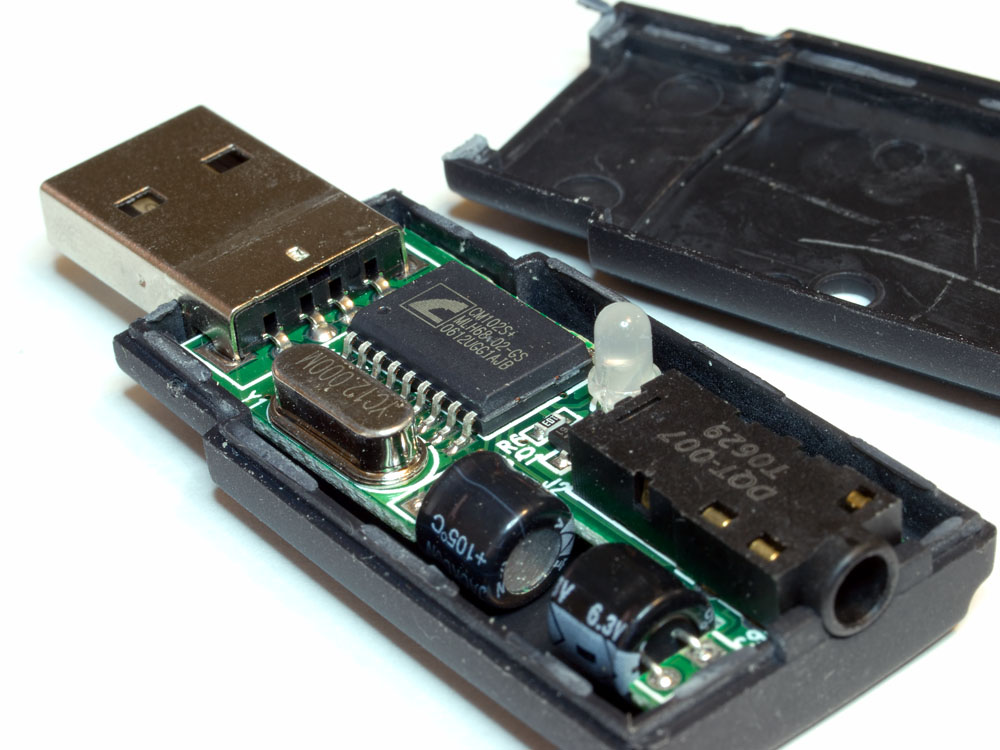BrianDonegan
MOT: Twisted Pair Audio
- Joined
- Sep 1, 2006
- Posts
- 476
- Likes
- 10
Quote:
To the best of my knowledge, it is simply a PCM2707 feeding a toslink transmitter. You can find your answer in the PCM2707 datasheet. (I don't think it does upsampling.)
| Originally Posted by wackyterbacky /img/forum/go_quote.gif Hello: I know this question is not exactly on topic. In post 7 of this current thread: http://www.head-fi.org/forums/f6/ic-...7/#post5258673 You show a Turtle Beach Micro with 44.1kHz output via Toslink. I have one of these and have always read that it upsamples to 48kHz. I have not tried to test it. Does it indeed output 44.1kHz? Is it bitperfect? Is this a function of some Linux driver or have you tested with a Windows PC. Thanks. |
To the best of my knowledge, it is simply a PCM2707 feeding a toslink transmitter. You can find your answer in the PCM2707 datasheet. (I don't think it does upsampling.)












 direct DSD from modded SACD players, DSD over HDMI cable from Factory enabled SACD players, and soon to be dsd from PCs (ElecArt - etc,) AES/EBU, etc in 192/24 PCM, now up to 32/384 PCM... and so on. I currently have 4 spdif sources... with 2+ more hi rate PCM likely in the near future with likely 2 DSD sources and a hi-rate USB coming soon as well. I need my DAC to handle all of them. I need it to auto detect/select, or be selectable with an IR mapped to my "one to rule them all" remote - logitech 880 or similar high end HT theater programmable remote.
direct DSD from modded SACD players, DSD over HDMI cable from Factory enabled SACD players, and soon to be dsd from PCs (ElecArt - etc,) AES/EBU, etc in 192/24 PCM, now up to 32/384 PCM... and so on. I currently have 4 spdif sources... with 2+ more hi rate PCM likely in the near future with likely 2 DSD sources and a hi-rate USB coming soon as well. I need my DAC to handle all of them. I need it to auto detect/select, or be selectable with an IR mapped to my "one to rule them all" remote - logitech 880 or similar high end HT theater programmable remote.